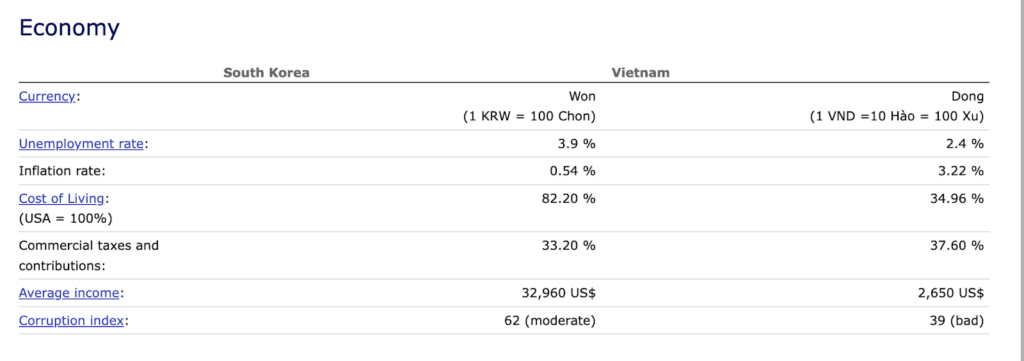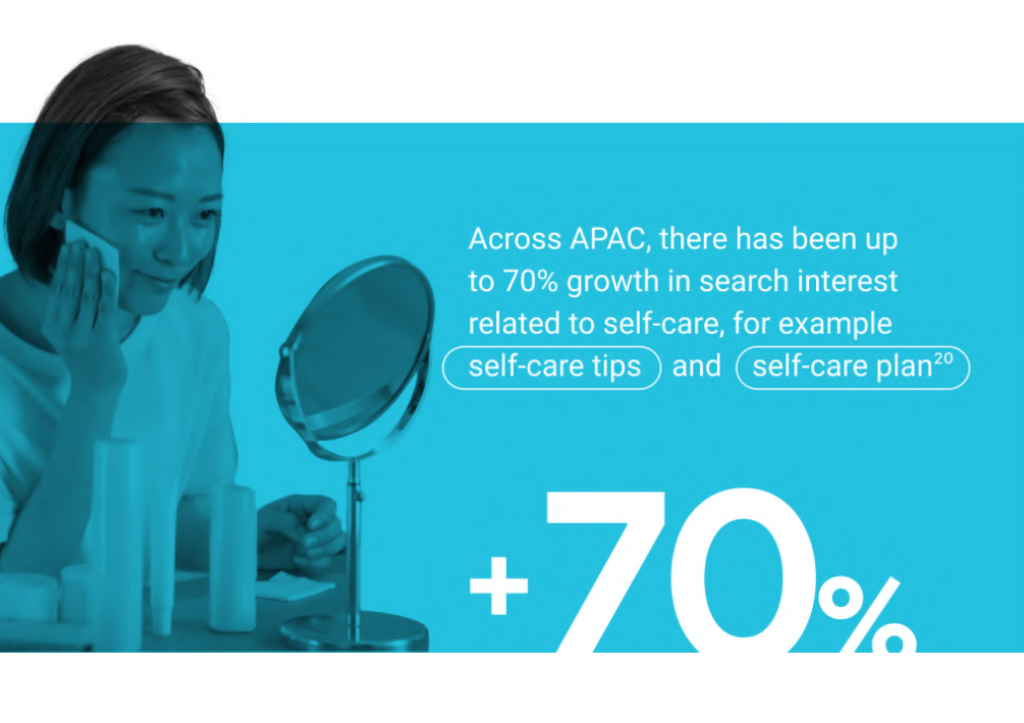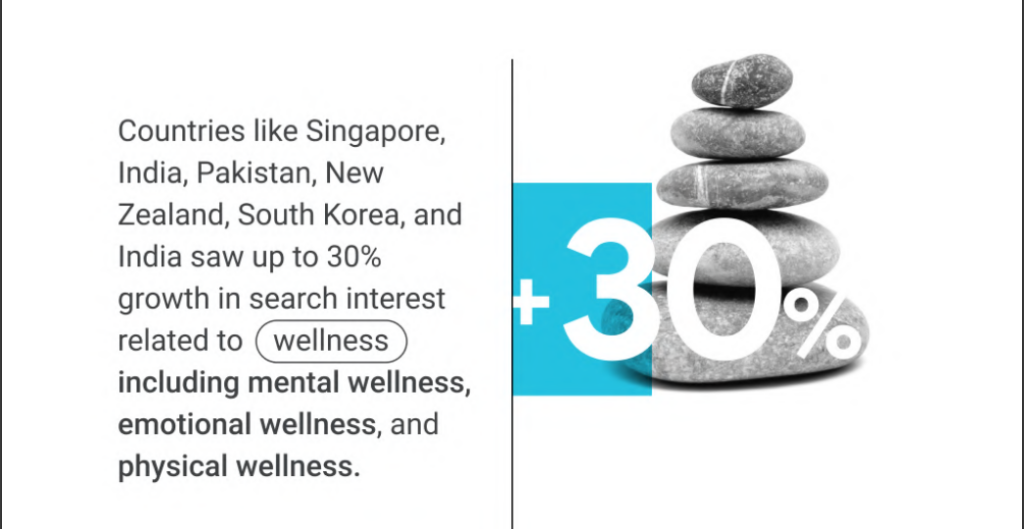Goals
- Evaluate unit economics, growth potential, and competition to determine the financial viability and market attractiveness of potential countries for Healthcare’s expansion.
- Identify a country that aligns with Healthcare’s offerings, market needs, and strategic goals.
- Present a concise recommendation based on the analysis, highlighting the chosen country’s strengths and its fit for Healthcare’s expansion objectives.
Identify strategic fit
Using Ansoff Matrix in the strategic planning process to get an overview of potential growth opportunities and threats.
Critical strategic decisions that Healthcare is facing now involve geographic expansion, so from the matrix, the Market Development strategy suits this situation. Market development might sound exciting and attractive, but it is so risky. Here, we’re targeting new markets and trying to sell more of the same things to different people.
To do this, we need the following:
PEST Analysis
Conduct a PEST Analysis to identify opportunities and threats in this diverse market.
POLITICAL FACTORS
The legal system in South Korea is modelled on European systems and has Anglo-American and Japanese influences
The judiciary is fairly independent; however, many analysts argue that it is not entirely free from political influences. They also argue that some public prosecutors are corrupt and not politically neutral.
ECONOMIC FACTORS
GDP Trend & Rate of Economic Growth: Its GDP in 2019 was worth $1642.38 billion (Trading Economics, 2020)
With a Gini coefficient of 0.33 on after-tax income in 2020, South Korea’s relative inequality is on the lower end of the scale
In 2020, South Korea’s per capita disposable income amounted to around 19.9 million South Korean won, up from about 19.5 million South Korean won in the previous year
In 2021, the consumer price inflation rate in South Korea’s capital Seoul was around 2.1 percent
In 2020, labour productivity per hour for workers in South Korea was estimated at around 41.7 US dollars
SOCIAL FACTORS
Korean is the major language, while both Buddhism and Christianity are the most practiced religions
The Korean digital healthcare market was estimated to be worth £2.4 billion and is expected to reach £4.4 billion by 2020. The developments in information and communications technology (ICT), big data and AI were evidenced by a healthy digital healthcare start-up community.
Air pollution is the most concerning environmental issue.
South Korea faces substantial healthcare challenges, including a rapidly aging society, negative birth rate and rising rates of diabetes and lung cancer
In 2019, around 50 percent of the population aged between 25 to 64 years old in South Korea completed tertiary education, while about 38.7 percent of the adult population completed upper secondary education. South Korea was above the OECD average for adult tertiary and upper-secondary educational levels that year.
Gender Composition in Labor Market: In 2021, the labour force participation rate of men in South Korea was 72.6 percent while that for women was 53.3 percent
TECHNOLOGICAL FACTORS
Have significant progress in the field of aerospace engineering, biotechnology, and robotics.
Most Koreans see artificial intelligence as part of the solution, not the problem.
Over 85% of the population uses social media.
2. Conduct a CAGE Distance framework to compare a potential target market to the home market (the assumption is Vietnam) on the dimensions of culture, administration, geography, and economy.
CULTURE

- South Korea is a mixed religion country with the popularity of Buddhism and Christianity. The most popular religion in South Korea is surprisingly Christianity. There are also a lot of Secular/Non-Religious South Koreans.
- Vietnam is almost entirely Buddhist and has very different religious and spiritual demographics compared to South Korea
- Korean people treasure loyalty and reward people who stay longer more than people who have worked for less years. Vietnamese people are more towards people who bring better results regardless of how long the others have been working
- School Education and Job Careers in Vietnam is a bit more easygoing, relaxing, and a different lifestyle compared to the more workaholic South Koreans
ADMINISTRATION
- The political systems are different, democracy versus communism.
- Different laws between two countries can make compliance and doing business more difficult.
GEOGRAPHY

- Tropical scenery in Vietnam vs. 4 seasons climate in most of South Korea.
ECONOMY

- South Korea is technically economically wealthier than Vietnam.
Based on PEST and CAGE research, we can realize Vietnamese and South-Korean markets have their own nuances, there are several similarities:
- The peoples of the two countries have the same or very similar psychology, mentality and way of life
- The Vietnamese and South Korean food culture relies heavily on rice which is a staple ingredient. Eating white rice regularly may raise type 2 diabetes risk for the population in both these countries. There is an epidemic of diabetes in Asia. Type 2 diabetes develops in East Asian patients at a lower mean body mass index (BMI) compared with those of European descent

- Exposure to high levels of air pollution in these countries can cause a variety of adverse health outcomes
- Social Media Use: In 2021, approximately 95 percent of Vietnamese internet users used Facebook, and Instagram was one of the most popular social media platforms in South Korea
- South Korea faces healthcare challenges including a rapidly aging society, negative birth rate and rising rates of diabetes and lung cancer. The healthcare industry is entering the era of digital innovation, as patients seek on-demand healthcare because of their busy schedules.


Summary
With several similarities between two markets, we can take advantage of using the current content library, target audience persona to customize and personalize for a new market. However, we need to revamp our website design and adjust marketing channels in a new country.
Because of the difference between the existing and potential new markets, cost-benefit, risk-benefit, and growth forecasting should take place as well.
Conduct a Risk Analysis to gain a better understanding of the dangers associated with this option.
Identify the risks
- Language Barrier
- Geopolitical risk stemming from North Korea
- Economic vulnerabilities due to dependency on external demand
- Slowly improving but still weak corporate governance
- Inflexible labour market and higher wage rate
Estimate budget for expansion
Find a partner for global expansion
Note: This analysis can have some limitations:
❖ Small Data
❖ Limited Access to Real Information
❖ Time Limits

